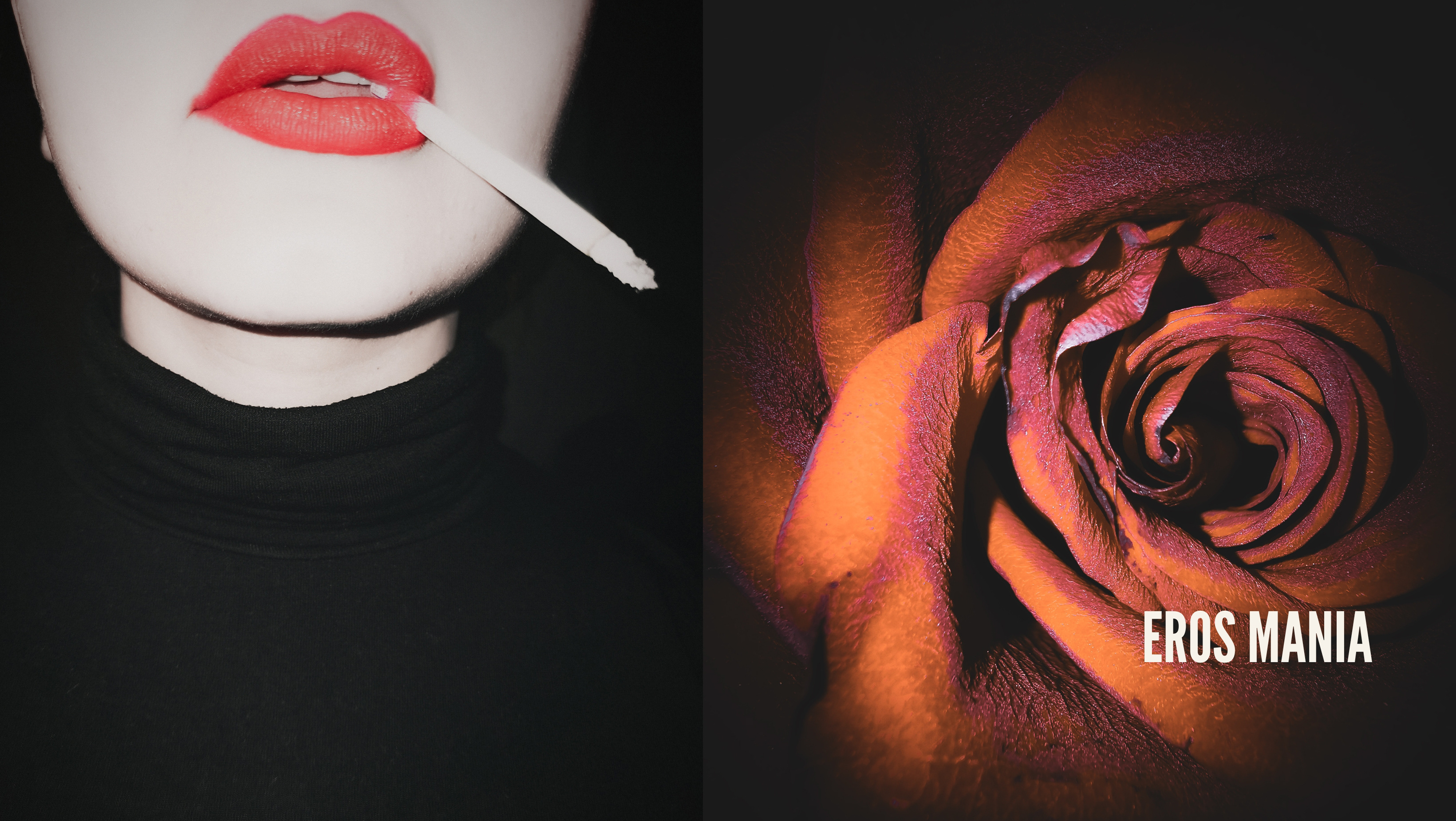WORK IN PROGRESS
Galerie Le Stockk Marseille
Z NIGHT est un projet de recherche photographique qui explore les réalités de la génération Z à travers le prisme de la nuit. Conçu comme une démarche artistique et documentaire, il vise à saisir l’essence de cette jeunesse en mutation, confrontée aux bouleversements contemporains et aux recompositions identitaires.
En déployant une série de portraits réalisés sur l’ensemble du territoire français, le projet met en lumière la diversité des vécus, des appartenances et des manières d’habiter la nuit. Il s’agit de révéler un espace où les jeunes expérimentent, se transforment, s’exposent, et où se rejouent les tensions et libertés de leur époque.


